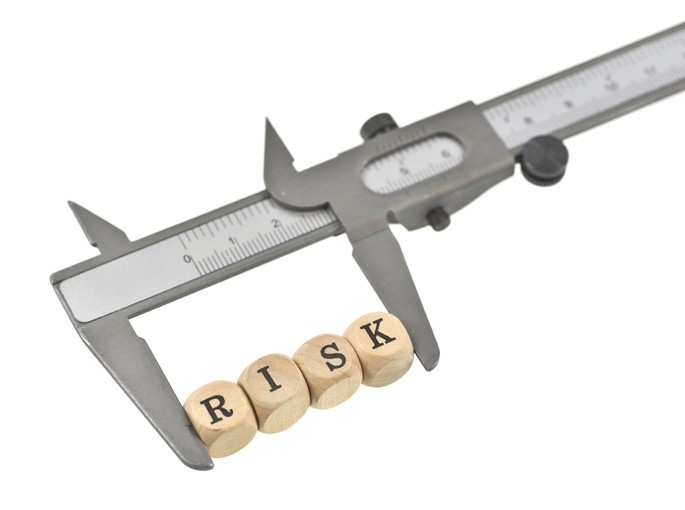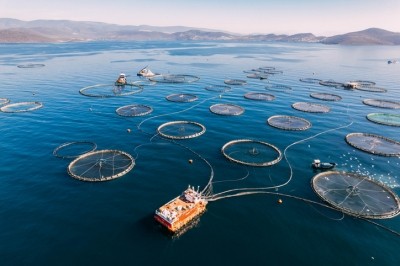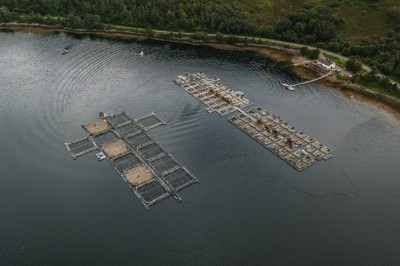EFSA still has concerns about ethoxyquin

But the European Food Safety Authority (EFSA) said ethoxyquin (EQ) is considered safe for animals that are reared for meat production such as chicken, pigs, cattle, and fish.
The presence of p-phenetidine, an impurity that remains in the additive after the manufacturing process and is a possible mutagen meaning it could cause mutations in the genetic material of animals and humans - meant that the experts in EFSA’s Panel on Additives and Products or Substances used in Animal Feed (FEEDAP) were not able to rule out risks to animals with a long-life expectancy and those reared for reproduction, said the risk assessor.
“As a conclusion from tolerance studies, EQ, at the proposed inclusion level of 50 mg/kg complete feed could be considered safe for chickens for fattening, laying hens, piglets, cattle for fattening and salmon.
“This conclusion could be extrapolated to all animal species and categories with the exception of cats, for which the Panel cannot conclude on a safe level.
“However, considering that the additive contains p-phenetidine, a possible mutagen, the Panel cannot conclude on the safety of EQ at any level for long-living and reproductive animals,” reads the EFSA opinion.
Lack of data on p-phenetidine
Because of the lack of data on the presence of p-phenetidine in tissues and food products of animal origin, the experts said they could not draw a conclusion for consumers either.
The EFSA Panel also highlighted the need to minimize users’ exposure via inhalation due to the presence of this impurity in the additive.
In addition, the feed safety specialists said they were not able to conclude on the safety of EQ for the terrestrial and the aquatic ecosystems when the additive is used in terrestrial animals.
A risk for contamination via the aquatic food chain cannot be excluded, as well as a risk for marine sediment dwelling organisms exposed to EQ when used in sea-cages, they reported.
Suspension of additive
In June 2017, the European Commission suspended the authorization of EQ as a feed additive for all animal species. The suspension followed an EFSA opinion published in 2015, in which experts could not conclude on the safety of the additive due to an overall lack of data and the presence of p-phenetidine.
EFSA used data provided by the applicant, ANTOXIAC - the FEFANA antioxidants authorization consortium – along with other sources to support its inconclusive opinion on the additive in 2015.
Prior to that suspension, EQ had been authorized in the EU as a feed additive for all animal species and categories.
Originally developed by the rubber industry to prevent rubber from cracking as a result of the oxidation of isoprene, EQ, due to its high antioxidant efficiency and stability, was further developed for use as a preservative in feeds as it protects lipids against peroxidation and stabilizes fat-soluble vitamins (A and E).
As a feed additive, it was primarily used as an antioxidant in canned pet food and in farmed fish or poultry diets.
It was also used to prevent spontaneous combustion of fishmeal, which is very sensitive to oxidation, during transportation by sea.
Evidently, the European Commission and the member states, as risk managers, will take account of this newly released EFSA opinion when reviewing the suspension of the authorization of the additive.
Industry reaction
FEFANA said the new EFSA scientific opinion acknowledges that many of the concerns and data gaps identified in the first opinion have been clarified through the information provided by ANTOXIAC since 2017.
It said it understands the limitations in the risk assessment. “The safety of feed for the animals, the environment and for human consumption is paramount to our industry.”
FEFANA said that, after the adoption of the first EFSA opinion in 2015, ethoxyquin producers in ANTOXIAC already took measures to significantly reduce the concentration of the impurity in the additive according to the ‘as low as reasonably achievable’ ALARA principle, in a first step to the level of 2,5 ppm p-phenetidine in ethoxyquin and then even going lower according to technological progress made.
“ANTOXIAC members have reviewed the conclusions set in the new EFSA opinion and are evaluating options that would enable EFSA to conclude on the safety of the additive with a possible next evaluation.
“The possibility of further improving the purification process to reduce the levels of p-phenetidine in the additive is under internal assessment, as well as the investigation of new relevant available toxicological evidence that could close the gaps and address the concerns identified by EFSA with its most recent scientific opinion.”
The IFFO said EFSA’s opinion will be followed by a EU Commission decision on future use of EQ, but it stressed that the current situation remains unchanged: any fishmeal produced in the EU cannot use EQ, but also any company exporting fishmeal to the EU also cannot use the additive.
Eliminating p-phenetidine from EQ is not so easy, noted the international marine ingredients organization.
"Furthermore, the proposed critical threshold for the presence of p-phenetidine in feed products is so low as to almost be below the capacity of most laboratories to detect it.
"The suspension of ethoxyquin in 2017 in a case of the precautionary principle led to a flurry of activity to establish new antioxidants for the feed sector and there is now a wide choice of products to choose from, many now from natural products, though most are still not as effective as ethoxyquin, and still yet to be registered."
Fishmeal needs to be stabilised during production. There is also a need to ensure this stability in terms of the risk of spontaneous combustion of the fishmeal, said the organization.
"Because of this risk, organisations like the International Maritime Organisation (IMO) have mandated the inclusion of minimum levels of certain antioxidants in fishmeal prior to it being able to be shipped. Through work by IFFO and its members, new antioxidants have now been registered with the IMO and the process remains ongoing with additional registrations in progress."








